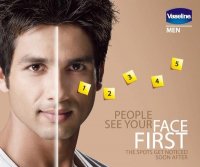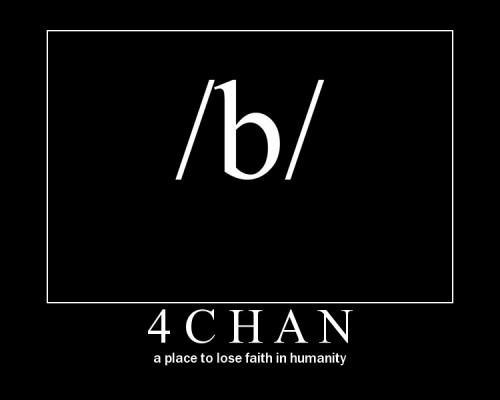First, I commend Facebook for taking child safety seriously. When I was working with them as part of the Internet Safety Technical Task Force, I was always impressed by their concern. I think that there’s a mistaken belief that Facebook doesn’t care about child safety. This was the message that many propagated when Facebook balked at implementing the “Panic Button” in the UK. As many news articles recently reported, Facebook finally conceded last week to implementing it after enormous pressure by safety advocates. Their slowness in agreeing to do so was attributed to their lack of caring, but this is simply not true. There are actually very good reasons to be wary of the “Panic Button.” My fear is that the lack of critical conversation about the “Panic Button” will result in people thinking it’s a panacea, rather than acknowledging its limitations and failings. Furthermore, touting it as a solution obscures the actual dangers that youth face.
The “Panic Button” is actually an App called “ClickCEOP”. Users must add the App and then they get a tab so that there’s a button there whenever they need to talk to the police’s Child Exploitation and Online Protection Centre. They’re encouraged to share the badge as a way of protecting their friends.
Pressure to create the “Panic Button” came after the horrific murder of 17-year-old Ashleigh Hall by a 33-year-old serial sex offender named Peter Chapman who approached the teen on Facebook. Reports suggest that he told her he was a teenage boy, although she also knew that none of her friends knew him. She lied to her parents to leave the house to meet up with him at which point he abducted, raped, and murdered her. Why she started conversing with him is unknown. Why – after being convicted of other sex crimes against minors – he was out on the streets and not being monitored is also unclear. All that is known is that this is the kind of tragedy that constitutes every parent’s worst nightmare.
Safety advocates used Hall’s terrible death to rally for a Panic Button. But what would this have done? She was clearly willing to converse with him and had no reservations about meeting up with him. None of her friends knew she was conversing with him. Nor did her parents. The heartbreaking reality of most rape and murder cases of this type is that the teen knowingly meets up with these men. When it involves teens, it’s usually because they believe that they’re in love, value the attention, and are not even thinking about the risks. Online Panic Buttons do absolutely nothing to combat the fundamental challenge of helping youth understand why such encounters are risky.
CEOP invites people to implement the ClickCEOP tab with the following questions:
Do you sometimes struggle to find answers to things that worry you online?
Had bad wall posts from people you don’t know?
Had a chat conversation that went sour?
Seen something written about you that isn’t true, or worse?
Has your account ever been hacked, even just as a joke?
These are serious questions and serious issues, the heart of bullying. They aren’t really about predation, but that doesn’t make them any less important. That said, how can the police help with every teen who is struggling with the wide range of bullying implied, from teasing to harassment? Even if every teen in the UK were to seriously add this and take it seriously, there’s no way that the UK police have a fraction of the resources to help teens manage challenging social dynamics. As a result, what false promises are getting made?
Many of the teens that I encounter truly need help. They need supportive people in their lives to turn to. I desperately want to see social services engage with these youth. But what I find over and over again is that social services do not have the resources to help even a fraction of the youth that come to them. So when we create a system where we tell youth that they have an outlet and then they use it and we don’t live up to our side of the bargain, then what? Many of the teens that I interviewed told me of their efforts to report problems to teachers, guidance counselors, parents, etc. only to no avail. That left them feeling more helpless and alone. What’s the risk of CEOP doing this to youth?
Finally, what’s the likelihood that kids (or adults) will click on this as a joke or just to get attention? How is CEOP going to handle the joke clicks vs. the real ones? How will they discern? One thing you learn from dealing with helplines is that kids often call in to talk about their friends when they’re really looking for help for themselves. It’s easier to externalize first to test the waters. The CEOP may get prank messages that are real cries for help. What happens when those go unanswered?
The press are all reporting this as being a solution to predation, but the teens who are at-risk for dangerous sexual encounters with adults are not going to click a Panic Button because they think that they know what they’re doing. CEOP is advertising this as a tool for bullying, but it’s not clear to me that they have the resources (or, for that matter, skillset) to handle the mental health issues they’re bound to receive on that end. And users may use this for a whole host of things for which it was never designed. The result, if anyone implements it at all, could be a complete disaster.
So why do I care that another well-intentioned technology is out there and will likely result in no change? I care because we need change. We need to help at-risk youth. And a tremendous amount of effort and energy is being expended to implement something that is unlikely to work but makes everyone feel as though the problem is solved. And I fear that there will be calls in the US to implement this without anyone ever evaluating the effectiveness of such an effort in the UK. So I respect Facebook’s resistance because I do think that they fully understand that this won’t help the most needy members of their community. And I think that the hype around it lets people forget about those most at-risk.
To my friends across the pond… Please help evaluate this “solution.” Please tell us what is and is not working, what kinds of cases the CEOP receives and how they handle them. Any data you can get your hands on would be greatly appreciated. I realize that it’s too late to stop this effort, but I really hope that people are willing to treat it as an experiment that must be evaluated. Cuz goddess knows the kids need us.


 Over the last year, 4chan emerged from complete obscurity to being recognized by mainstream media as something of significance. Perhaps it was
Over the last year, 4chan emerged from complete obscurity to being recognized by mainstream media as something of significance. Perhaps it was